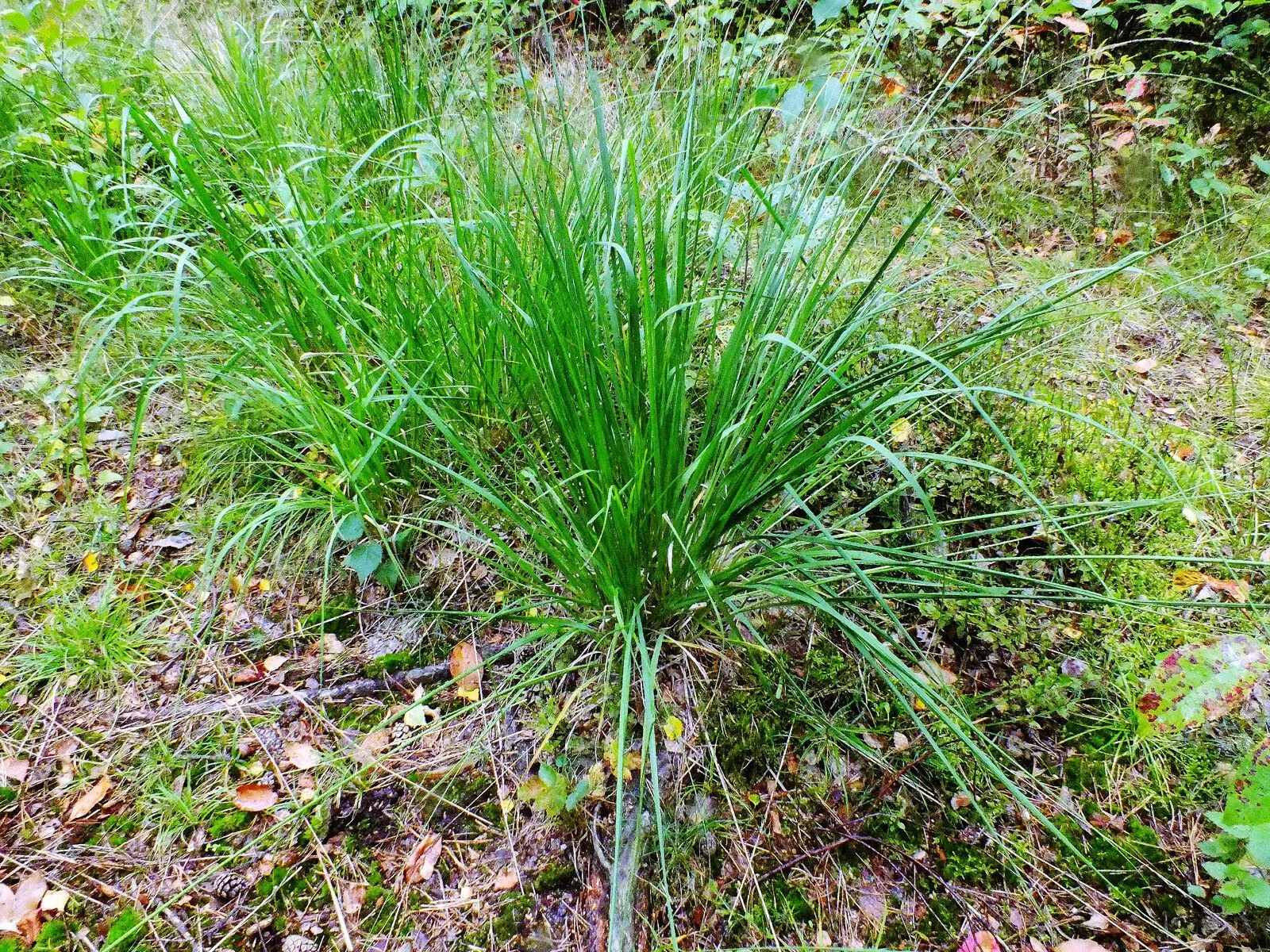
Author: L.
Bibliography: Sp. Pl.: 974 (1753)
Year: 1753
Status: accepted
Rank: species
Genus: Carex
Vegetable: False
Observations: Europe to Caucasus
Elongated sedge, scientifically named Carex elongata, is a notable species within the Cyperaceae family, which was initially described in 1753 by the renowned botanist Carl Linnaeus. This perennial sedge is distinguished by its elongated stems and foliage, forming dense tufts that create a striking visual in various habitats.
Carex elongata predominantly thrives across a broad geographical range, extending from Europe to the Caucasus region. Known for its adaptability, elongated sedge often populates wetlands, marshes, and damp meadows, where it plays a crucial role in the local ecosystem. Its presence contributes significantly to the stability of the soil and the overall health of the wetland habitats.
One of the key identifiers of this sedge is its slender, elongate leaves, which can grow to impressive lengths, standing upright or arching gracefully. The plant’s inflorescence is also distinctive, featuring spikes that are tightly packed with small, inconspicuous flowers. These flowers are typically wind-pollinated, a common trait of many sedge species.
In addition to its ecological contributions, elongated sedge offers aesthetic and practical benefits. It can be used effectively in natural landscaping projects to enhance the biodiversity of wetland areas and provide shelter for various forms of wildlife. Additionally, it serves as a filter for water runoffs, assisting in maintaining clean waterways and reducing soil erosion.
Due to its relatively wide distribution and habitat preference, Carex elongata is not usually considered at risk; however, ongoing environmental changes and habitat destruction pose potential threats to local populations. Conservation efforts aim to preserve these wetland habitats to ensure the sustainability of such integral species.
In summary, Carex elongata, or elongated sedge, is a resilient and ecologically valuable plant species that plays a pivotal role in wetland environments across Europe to the Caucasus. Its unique characteristics and contributions to its habitat underscore the essential nature of supporting and conserving such species for the continued health and diversity of these ecosystems.
Dan: forlænget star
Deu: langährige segge, walzen-segge
Eng: elongated sedge
Nld: elzenzegge
Nob: langstarr
Nno: langstorr
Fra: laîche allongée
Fin: pitkäpääsara
Swe: pitkäpääsara, rankstarr
Sme: guhkesoailukti
Cym: hesg hirion, hesgen hir
En: Elongated Sedge
Be: Асака падоўжаная
Cs: Ostřice prodloužená
Da: Forlænget star
Nl: Elzenzegge
Et: Pikk tarn
Fi: Pitkäpääsara
Fr: Laîche allongée, Laiche allongée
De: Langährige Segge, Walzen-Segge, Verlängerte Segge
It: Carice allungata
Lv: Pagarinātais grīslis
Lt: Pailgoji viksva
Se: Guhkesoailukti
Nb: Langstarr
Nn: Langstorr
Pl: Turzyca długokłosa
Ru: Осока удлинённая
Sv: Rankstarr, Pitkäpääsara
Cy: Hesgen hir, Hesg Hirion
: Elongated sedge
Taken Jun 30, 2021 by Peter V (cc-by-sa)
Taken Jun 2, 2021 by Roberta Benetti (cc-by-sa)
Taken May 14, 2020 by S R (cc-by-sa)
Taken Sep 17, 2022 by Andrzej Konstantynowicz (cc-by-sa)
Taken May 15, 2015 by Photoflora – Benoit BOCK (©)
Taken May 15, 2015 by Photoflora – Benoit BOCK (©)
Taken May 15, 2015 by Photoflora – Benoit BOCK (©)
Taken May 18, 2013 by Tela Botanica − Hugues TINGUY (cc-by-sa)
Taken Sep 17, 2022 by Andrzej Konstantynowicz (cc-by-sa)
Taken Jun 10, 2021 by Daniel Bourget (cc-by-sa)
Taken Jun 2, 2021 by Roberta Benetti (cc-by-sa)
Taken May 1, 2022 by Rene (cc-by-sa)
Taken Aug 15, 2006 by Photoflora – Benoit BOCK (©)
Taken May 14, 2020 by S R (cc-by-sa)
Taken May 14, 2020 by S R (cc-by-sa)
Taken May 15, 2015 by Photoflora – Benoit BOCK (©)
Taken May 15, 2015 by Photoflora – Benoit BOCK (©)
Taken May 18, 2013 by Tela Botanica − Hugues TINGUY (cc-by-sa)
Taken Jun 25, 2014 by Tela Botanica − Mathilde DUVERGER (cc-by-sa)
Taken May 17, 2012 by Tela Botanica − Hugues TINGUY (cc-by-sa)
Taken May 15, 2015 by Photoflora – Benoit BOCK (©)
Taken May 15, 2015 by Photoflora – Benoit BOCK (©)
Taken May 15, 2014 by Photoflora – Benoit BOCK (©)
Taken May 15, 2014 by Photoflora – Benoit BOCK (©)
Taken Jan 1, 1970 by Photoflora – L’Abbé COSTE (©)
Ph maximum: 7.5
Ph minimum: 7.0
Light: 4
Atmospheric humidity: 9
Bloom months: [‘apr’, ‘may’, ‘jun’]
Soil nutriments: 3
Family: Myrtaceae Author: (F.Muell.) K.D.Hill & L.A.S.Johnson Bibliography: Telopea 6: 402 (1995) Year: 1995 Status:…
Family: Rubiaceae Author: Pierre ex A.Froehner Bibliography: Notizbl. Bot. Gart. Berlin-Dahlem 1: 237 (1897) Year:…
Family: Sapindaceae Author: Koidz. Bibliography: J. Coll. Sci. Imp. Univ. Tokyo 32(1): 38 (1911) Year:…
Family: Asteraceae Author: A.Gray Bibliography: Pacif. Railr. Rep.: 107 (1857) Year: 1857 Status: accepted Rank:…
Family: Fabaceae Author: Medik. Bibliography: Vorles. Churpfälz. Phys.-Ökon. Ges. 2: 398 (1787) Year: 1787 Status:…
Family: Aspleniaceae Author: (Cav.) Alston Bibliography: Bull. Misc. Inform. Kew 1932: 309 (1932) Year: 1932…